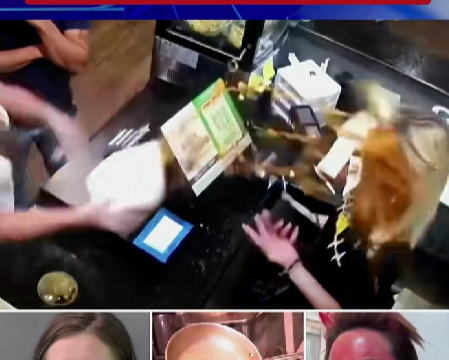You’ve been looking forward to a steak dinner all day, only to open your fridge and find that your steak has turned gray, which can be both surprising and concerning. It’s natural to wonder whether the meat is still safe to eat or if you need to throw it out. While a gray color can be off-putting, it doesn’t always mean the steak has spoiled.

In fact, meat can change color for a variety of reasons, and not all of them are bad. Understanding why these color changes occur and knowing what other signs to look for can help you make a confident and safe decision about whether to cook that steak or toss it. Meat is usually bright red when fresh because of oxymyoglobin, a pigment that forms when myoglobin in muscle tissue interacts with oxygen. However, with time and ongoing exposure to air, that pigment can oxidize and turn brown or gray. This is a natural process and doesn’t necessarily indicate the meat has gone bad. It’s also worth noting that steaks stored in vacuum-sealed packaging or tightly wrapped with limited air exposure may appear more purple or gray due to the lack of oxygen.
This kind of color change is not uncommon and can still result in a perfectly safe and tasty steak when cooked properly. Oxidation isn’t the only reason a steak might change color. Temperature fluctuations in your refrigerator, insufficient airflow, or overpacking can also affect how meat looks. If you’re storing steak near the front of your fridge or in the door, where temperatures can vary more than the back, this might lead to discoloration over time. While gray steak might not look ideal, color alone isn’t the best indicator of whether it’s still good to eat. You’ll want to use your senses to check for spoilage—start by giving the steak a sniff. If there’s a sour, rancid, or otherwise unpleasant odor, that’s a strong signal that the meat has gone bad. Also, check the texture—if it feels slimy, sticky, or tacky to the touch, it’s probably not safe to eat.
Mold or strange spots such as green or rainbow-like hues also indicate spoilage. If the steak passes the smell and touch tests and is within the expiration date, it’s likely still okay to cook. Storage conditions matter a lot. Steak should always be stored at or below 40°F, preferably in its original packaging. If stored correctly and kept within its use-by date, even gray steak can be safe to eat. That said, you still need to be cautious. Spoilage signs that go beyond color—like a bad smell or slimy surface—should always be taken seriously. Food safety experts recommend a combination of methods when evaluating meat: observe the color, but also smell it and feel it, then consider how it was stored.
If you still feel unsure, it’s better to err on the side of caution and toss it. Cooking gray steak thoroughly can often kill surface bacteria, so long as the meat isn’t showing other signs of spoilage. Always ensure it reaches the appropriate internal temperature when cooking. If everything seems normal except for the color, it’s usually safe to proceed, but don’t force yourself to eat something if it still makes you uncomfortable. To prevent your steak from turning gray in the future, proper storage is key. Use vacuum-sealed bags or airtight wrapping to limit air exposure, and always place meat in the coldest part of the fridge. If you don’t plan on using the steak within a few days, freezing it will help maintain its freshness and vibrant color. Regularly checking your fridge’s temperature can also go a long way in keeping meat fresh. Ultimately, deciding whether to cook or toss gray steak comes down to using your senses and being aware of how the meat was stored. While the gray color can be alarming at first glance, it’s not always a sign of danger. Trust your nose, check the texture, and look for any signs of mold or other spoilage indicators. By staying informed and vigilant, you can avoid unnecessary food waste and ensure you’re serving a meal that’s both delicious and safe for everyone at the table.





